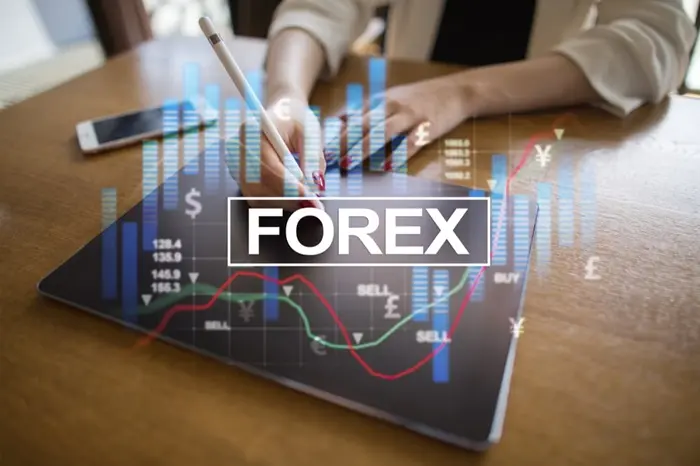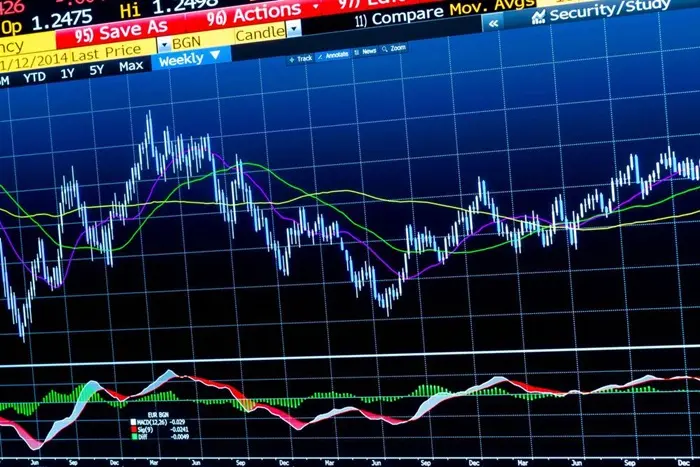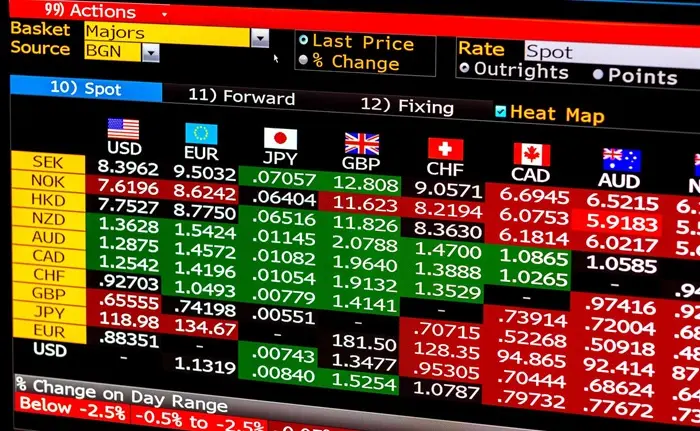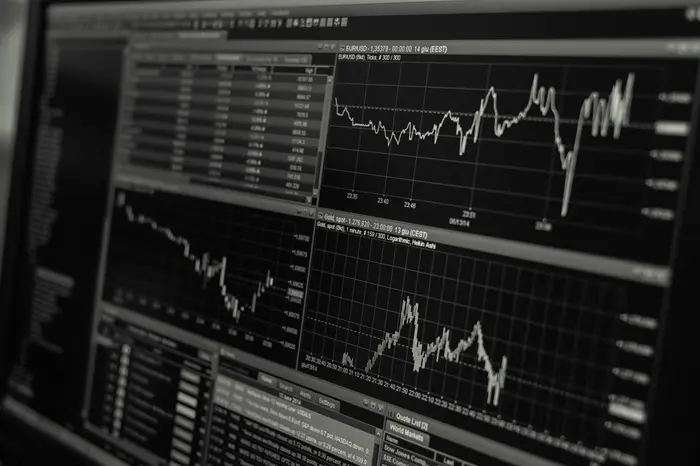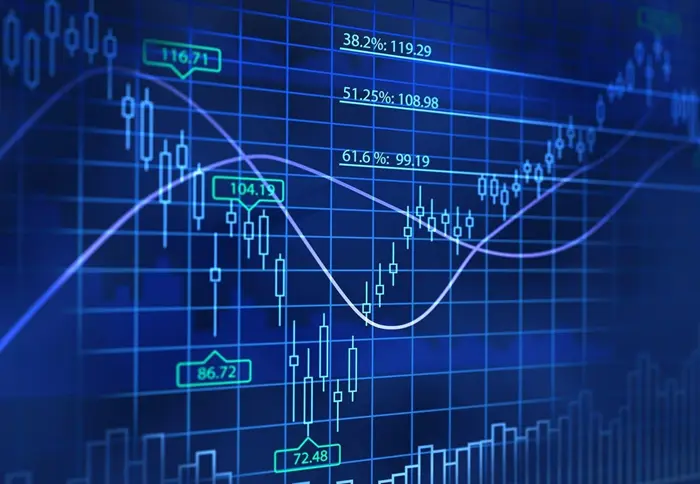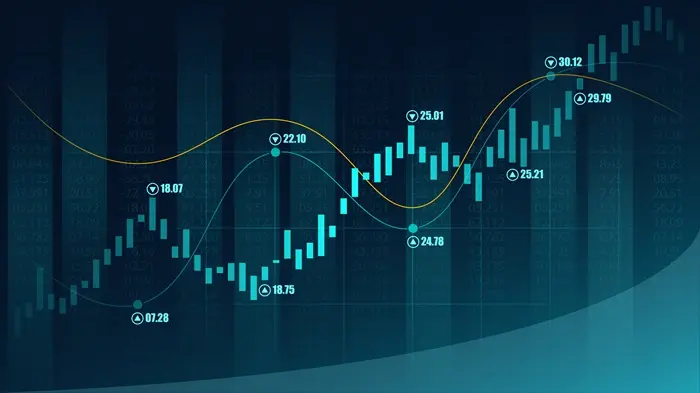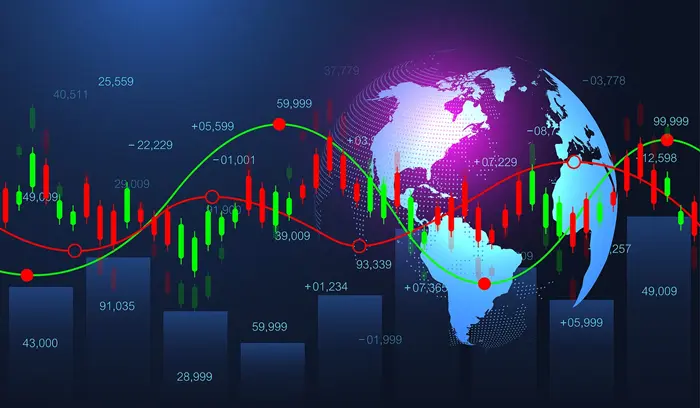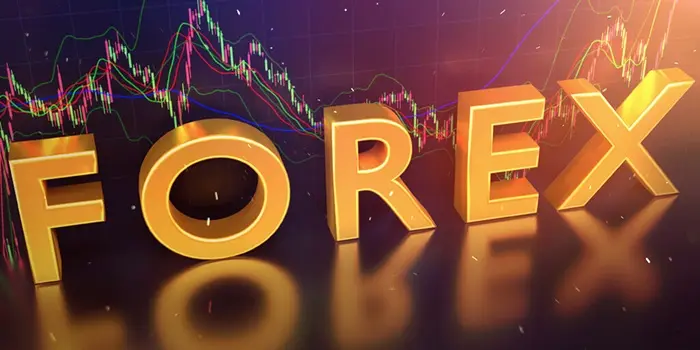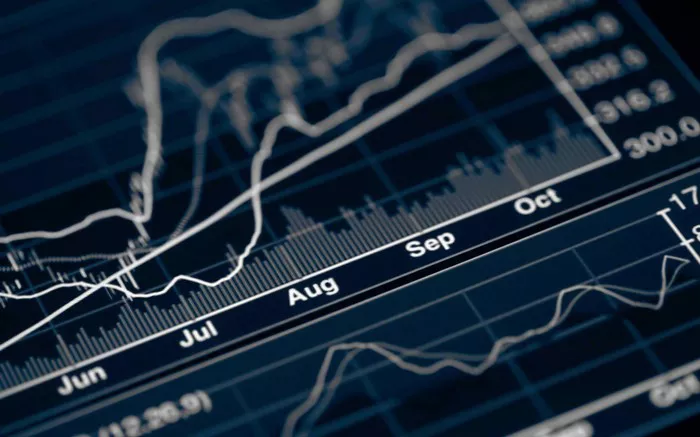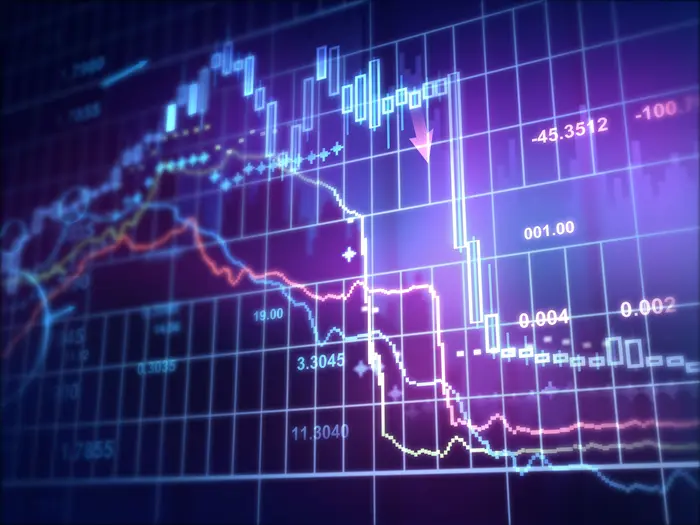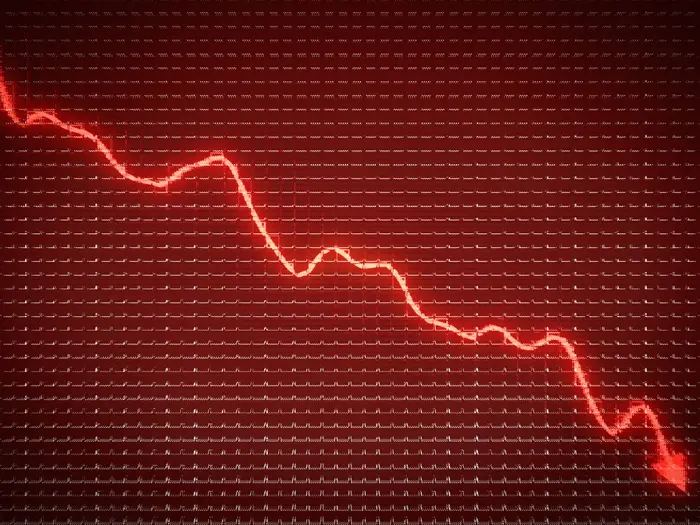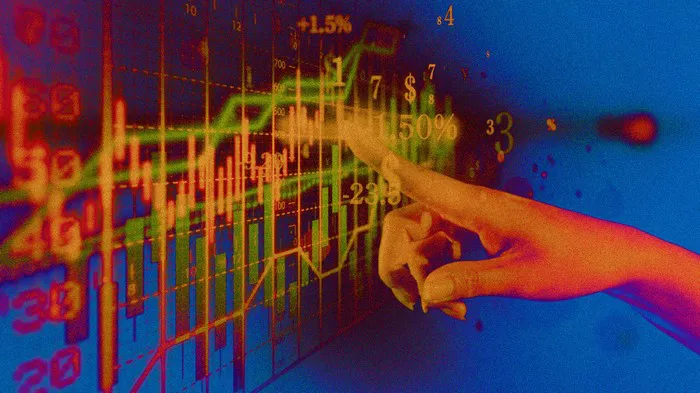Foreign exchange (forex or FX) trading is a popular way to invest money, but many new traders are often uncertain about how to begin. One of the most common questions is whether it’s possible to trade forex with a small amount of capital, such as $100. The answer is yes, you can trade forex with $100. However, to be successful, it’s essential to understand the risks, the tools available, and the strategies that can help you maximize your potential profits while minimizing losses.
This article will walk you through everything you need to know to start trading forex with $100. We will explore the basics of forex trading, key strategies, risk management techniques, and the steps to take to begin your trading journey.
What Is Forex Trading?
Forex trading involves buying and selling currencies with the goal of making a profit from changes in exchange rates. The forex market is the largest and most liquid financial market globally, with daily trading volumes exceeding $6 trillion.
Understanding Currency Pairs
Forex trading revolves around currency pairs. These pairs are quoted as two currencies: the base currency and the quote currency. For example, in the currency pair EUR/USD, EUR is the base currency, and USD is the quote currency. When you trade forex, you are either buying the base currency and selling the quote currency or selling the base currency and buying the quote currency.
Some common currency pairs include:
- EUR/USD (Euro/US Dollar)
- GBP/USD (British Pound/US Dollar)
- USD/JPY (US Dollar/Japanese Yen)
- USD/CHF (US Dollar/Swiss Franc)
These pairs are often referred to as “major pairs,” but there are also minor pairs and exotic pairs, which involve less common currencies.
The Mechanics of Forex Trading
When you trade forex, you are essentially betting on the direction of one currency relative to another. For example, if you believe that the EUR/USD pair will rise in value, you would buy the euro and sell the dollar. Conversely, if you think the euro will weaken against the dollar, you would sell the euro and buy the dollar.
Is It Possible to Trade Forex with $100?
Yes, you can start trading forex with just $100. In fact, many brokers offer low minimum deposit requirements, allowing you to trade with a small amount of capital. However, trading with $100 does present some limitations, and it’s important to approach it with a solid strategy to ensure you don’t risk too much of your capital on individual trades.
Leverage: Amplifying Your Trading Power
One of the key features of forex trading is leverage, which allows you to control a larger position with a relatively small amount of money. Leverage is typically expressed as a ratio, such as 50:1, 100:1, or 500:1.
With 50:1 leverage, you can control $50,000 worth of currency with just $1,000 of your own capital.
With 100:1 leverage, you can control $100,000 with just $1,000.
While leverage can significantly increase your potential profits, it also amplifies the risks. With a $100 account, brokers might offer leverage as high as 100:1 or 200:1, meaning you could control up to $10,000 or $20,000 in currency positions.
Example:
If you use 100:1 leverage and invest $100, you can control a $10,000 position. If the market moves in your favor by 1%, you make a $100 profit. However, if the market moves against you by 1%, you lose your entire $100. This is why effective risk management is crucial when trading with small amounts of capital.
Getting Started with Forex Trading: Step-by-Step
Step 1: Choose a Reliable Forex Broker
The first step in trading forex with $100 is to choose a reputable forex broker. Look for the following features when selecting a broker:
Low minimum deposit requirements: Some brokers allow you to start trading with as little as $1, but $100 is a reasonable amount for a beginner.
Leverage options: Choose a broker that offers leverage suitable for your risk tolerance. For beginners, a leverage of 50:1 or 100:1 might be appropriate.
Regulation and safety: Ensure the broker is regulated by a recognized financial authority like the U.S. Commodity Futures Trading Commission (CFTC) or the UK’s Financial Conduct Authority (FCA).
Educational resources: A broker offering educational materials can help you get up to speed quickly.
Trading platform: Most brokers offer platforms such as MetaTrader 4 or 5, which are user-friendly and widely used by forex traders.
Step 2: Open a Demo Account
Before trading with real money, it’s highly recommended that you open a demo account. A demo account allows you to practice trading with virtual funds, which helps you get comfortable with the platform and the mechanics of forex trading. Many brokers offer demo accounts, and this step is invaluable for beginners.
Step 3: Deposit Your Funds
Once you’re comfortable with your broker and trading platform, you can fund your account with $100. Be aware of the following:
Deposit fees: Ensure that there are no hidden fees when making a deposit.
Withdrawal rules: Understand the rules for withdrawing your funds, including any fees or minimum withdrawal amounts.
Currency conversion: If you’re funding your account in a currency other than USD, be mindful of any currency conversion fees.
Step 4: Develop a Trading Strategy
A solid trading strategy is essential when trading with a small account. Your goal should be to minimize risk and avoid overtrading. Here are a few strategies you can consider:
1. Scalping
Scalping involves making many small trades throughout the day to profit from small price movements. This strategy requires a lot of focus and quick decision-making. Scalping works well with small amounts of capital since it allows you to capitalize on minor price fluctuations.
2. Day Trading
Day trading involves buying and selling currencies within a single trading day. You close all positions before the end of the day to avoid overnight risks. This strategy can be beneficial if you’re starting with a small account, as it doesn’t require holding positions for long periods.
3. Swing Trading
Swing trading involves holding positions for several days or even weeks. This strategy is based on the idea of profiting from price “swings” or trends. Swing trading generally requires more capital than day trading, but it can still be used with a $100 account if you use proper risk management techniques.
4. Trend Following
Trend-following strategies involve identifying a strong market trend and entering a position in the direction of that trend. You can use technical indicators like moving averages or RSI (Relative Strength Index) to identify trends. This is a more long-term strategy and works well when you have a bit more time to study the market.
Step 5: Implement Proper Risk Management
When trading with a small amount of capital, risk management is crucial. You don’t want to lose your entire $100 on a single trade. Here are a few tips for managing risk:
Use Stop-Loss Orders: A stop-loss order is an automatic order to close a trade when the price reaches a certain level. This helps limit potential losses.
Risk no more than 1-2% per trade: This means if you have $100 in your account, you should only risk $1-2 per trade. This ensures that even if you encounter several losing trades, your account won’t be wiped out.
Position Sizing: Adjust your position size based on your stop-loss level and how much risk you’re willing to take. For instance, if your stop-loss is 20 pips, you can only trade a small position size to avoid risking more than 1-2% of your account.
Common Mistakes to Avoid When Trading with $100
1. Overleveraging
While leverage can be useful, overleveraging can lead to quick losses. Many beginner traders are tempted to use high leverage to increase their potential profits, but this can also increase the chances of losing your entire investment.
2. Overtrading
Another mistake is overtrading, which means taking too many trades in a short period. This can result in significant losses due to poor decision-making and emotional trading. Stick to your trading plan and avoid trading out of impulse.
3. Ignoring Economic Events
Forex markets are often influenced by economic events such as interest rate decisions, GDP reports, and geopolitical events. Make sure to stay informed about these events and how they can affect currency prices.
4. Lack of Patience
Forex trading is not a get-rich-quick endeavor. It takes time to develop a profitable strategy and gain experience. Be patient and avoid chasing unrealistic profits.
Conclusion
Trading forex with $100 is possible, but it requires a disciplined approach, effective risk management, and a solid understanding of the market. By choosing a reliable broker, practicing on a demo account, and developing a well-thought-out trading strategy, you can maximize your chances of success. Keep in mind that while leverage can amplify your profits, it also increases your potential losses. Be mindful of this and use leverage responsibly.
Forex trading offers great opportunities for growth, even with a small initial deposit. However, to succeed in the long term, it’s essential to continuously educate yourself, refine your strategies, and practice good risk management.
Related topics:

